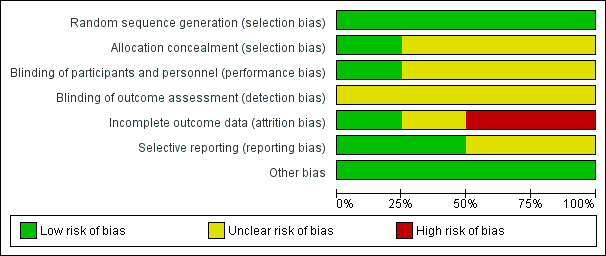Contenido relacionado
Revisiones y protocolos relacionados
Nicolas Farina, David Llewellyn, Mokhtar Gad El Kareem Nasr Isaac, Naji Tabet | 18 abril 2017
Jenny McCleerya, Rajesh P Abrahama, David A Denton, Anne WS Rutjes, Lee‐Yee Chong, Aalya S Al‐Assaf, Daniel J Griffith, Shireen Rafeeq, Hakan Yaman, Muzaffar A Malik, Marcello Di Nisio, Gabriel Martínez, Robin WM Vernooij, Naji Tabet | 1 noviembre 2018
Michal Rolinski, Chris Fox, Ian Maidment, Rupert McShane | 14 marzo 2012
Ceri E Battlea, Azmil H Abdul-Rahima, Susan D Shenkin, Jonathan Hewitt, Terry J Quinn | 22 febrero 2021
Tom C Russ, Joanne R Morling | 12 septiembre 2012
Clement Loy, Lon Schneider | 25 enero 2006
Rupert McShanea, Maggie J Westbya, Emmert Roberts, Neda Minakaran, Lon Schneider, Lucy E Farrimond, Nicola Maayan, Jennifer Ware, Jean Debarros | 20 marzo 2019
Sarah Chau, Nathan Herrmann, Myuri T Ruthirakuhan, Jinghan Jenny Chen, Krista L Lanctôt | 21 abril 2015
Jacqueline Birks, David Craig | 25 enero 2006
Julian PT Higgins, Leon Flicker | 23 octubre 2000













